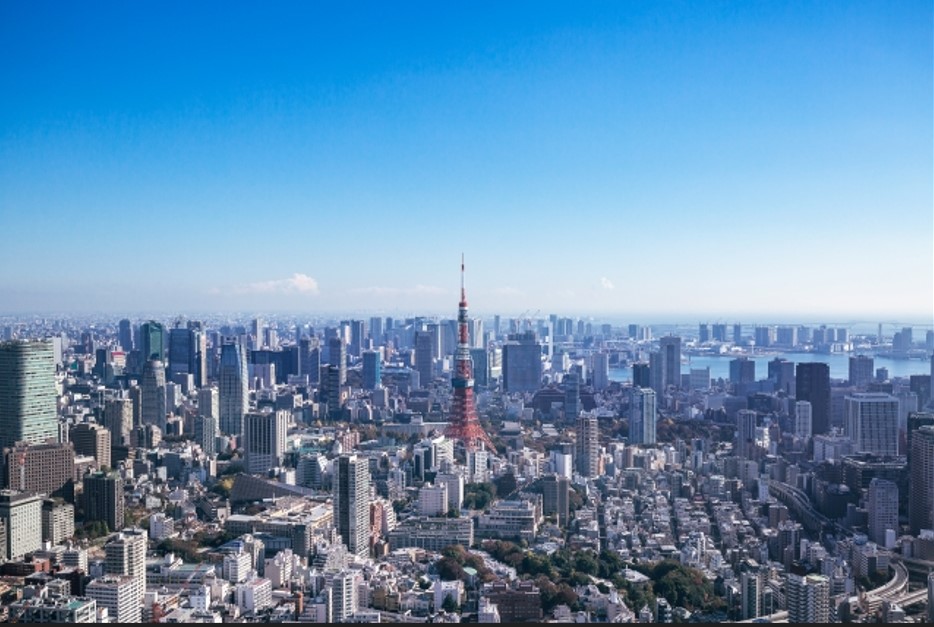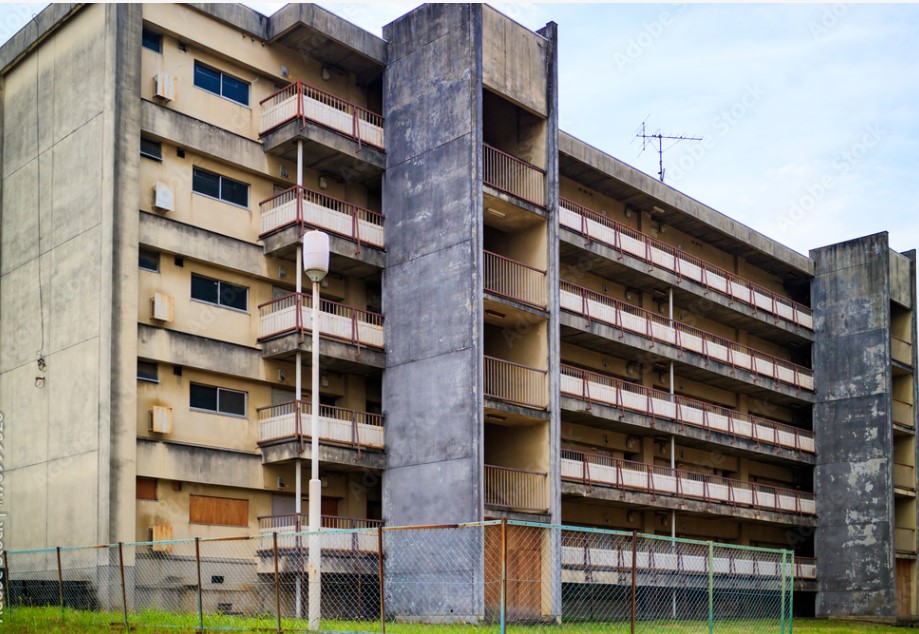平野 剛志(宅建士・リフォームスタイリスト)
We feel more than happy to support you!
CLOSE
最終更新日:2024年1月4日
公開日:2023年12月23日
Hi, I am Takeshi Hirano, the REDS agent. Are you aware of the monthly cost associated with owning a condominium, such as the repair reserve fund? Today, I’ll provide an explanation about it!

What is “Repair Reserve Fund” at condos?
The repair reserve fund, also known as the reserve fund, is a savings fund set aside for future major repairs and renovations of the building. This fund is essential for addressing long-term maintenance needs and preventing special assessments for large-scale repairs. Examples of expenses covered by the repair reserve fund include:
Roof Replacement: Major repairs or replacement of the building’s roof.
Exterior Painting: Painting or repairs to the exterior of the building.
Elevator Replacement: Costs associated with the repair or replacement of elevators.
Structural Repairs: Addressing any significant structural issues that may arise.
Residents contribute to the repair reserve fund regularly, and the amount is determined by the homeowners’ association or management company. This fund ensures that there are sufficient funds available when major repairs or renovations become necessary.
In summary, management fees cover the ongoing operational costs of the building, while the repair reserve fund is set aside for future significant repairs and renovations to maintain the long-term integrity of the property.
What is the average amount of this “Repair Reserve Fund”?
The amount of the repair reserve fund varies depending on the building and the region, but generally, it is calculated based on the condition and age of the building, as well as the anticipated future repair needs. Specific amounts are set by the homeowners’ association or management company and are typically distributed evenly among the residents.
Here are some common considerations when determining the amount of the repair reserve fund:
Age and Condition of the Building: Older or deteriorating buildings may require higher fund amounts due to anticipated future repairs.
Future Repair Plans: If there are future repair or renovation plans for the building, funds are set aside based on those projections. For example, this could include the replacement of a new roof or elevators.
Regional Standards: The standard amount for repair reserve funds can vary by region. Some areas may commonly have higher amounts, while others may require relatively lower contributions.
Size and Facilities of the Building: Larger buildings or those with luxurious facilities may have higher repair reserve fund requirements.
As a general guideline, it is common for the repair reserve fund to represent 1-3% of the total income of the building. However, this is a rough estimate, and the specific amount is determined by the homeowners’ association or management company on a case-by-case basis, taking into account the needs of the building and reaching an agreement with the residents.
Are there any guidelines set by the government?
The Ministry of Land, Infrastructure, Transport and Tourism released guidelines in September 2021 regarding the repair reserve fund for condominiums. These guidelines provide a reference for prospective buyers, condominium owners, and management associations to assess the appropriate level of the repair reserve fund. The guidelines include an indication of the recommended amount for the repair reserve fund, serving as a reference point for those making decisions.
The average guideline for the repair reserve fund amount (excluding mechanical parking)
 Mechanical parking lots have intricate structures that require regular maintenance and inspections. This involves the upkeep of specialized mechanical components and elevator systems, leading to higher maintenance costs compared to conventional parking lots. As a result, the repair reserve fund may be set higher than usual. When purchasing a property with a mechanical parking system, it is important to be cautious, as there is a potential for incurring costs even if you do not own a car.
Mechanical parking lots have intricate structures that require regular maintenance and inspections. This involves the upkeep of specialized mechanical components and elevator systems, leading to higher maintenance costs compared to conventional parking lots. As a result, the repair reserve fund may be set higher than usual. When purchasing a property with a mechanical parking system, it is important to be cautious, as there is a potential for incurring costs even if you do not own a car.
If you have any further questions or requests, please feel free to contact us to the following e-mail address.
【REDS】Real Estate Distribution System (REDS) Japan
Takeshi Hirano (Mr.)
mailto: ta.hirano@red-sys.jp
公開日:2023年12月11日
When considering the purchase of a used condominium, are there any factors need to be taken into account?
The REDS agent will explain it from the following three perspectives as to aging condominiums.

Potential Issues in Aging Condominiums:
Aging condominiums are prone to several common problems. The first and foremost is the aging of the basic structure and facilities of the building. Over time, plumbing, electrical systems, elevators, and other components are susceptible to deterioration, leading to associated troubles. Water leaks, plumbing blockages, and electrical system malfunctions can impact the living environment and may become challenging to repair.
Additionally, the deterioration of exterior walls and roofs is a significant concern. As this progresses, issues such as water leakage and reduced insulation may arise, necessitating urgent repairs. If these problems remain unaddressed, they could disrupt the lives of the residents.
On the other hand, inadequate seismic resistance is also a concern with aging condominiums. If there is insufficient resilience to natural disasters such as earthquakes, the safety of residents may be at risk.
Challenges in Rebuilding Aging Condominiums:
Rebuilding aging condominiums involves various challenges for several reasons. Firstly, unanimous agreement from all residents is required for reconstruction. In many cases, condominiums are jointly owned properties, and all residents must agree to the reconstruction plan. If some residents do not agree, the reconstruction project becomes more difficult to proceed with.
Additionally, reconstruction involves substantial costs. In the case of aging condominiums, everything from the foundation to the exterior walls and facilities needs to be updated, requiring significant funds. While the burden needs to be shared among all residents, financial issues or the economic conditions of residents can make this challenging.
Furthermore, local regulations and laws complicate the reconstruction process. Urban planning, building codes, and community requirements can pose obstacles to reconstruction, and overcoming these hurdles is not always straightforward.
Ways to Address Issues in Aging Condominiums:
Resolving issues in aging condominiums requires careful consideration and planning. Firstly, a thorough inspection of the building before occupancy is crucial to assess the extent of aging and identify areas in need of repair. Seeking building diagnostics and assessments from professionals and obtaining estimates for future repairs can help understand the costs before purchasing.
Additionally, participating in the management association and resident discussions to advance overall renovation and maintenance plans for the entire building is beneficial. Cooperation among residents enables addressing issues in aging condominiums. Implementing regular maintenance and renovations can prevent future troubles and contribute to improving the living environment.
Ultimately, collaboration with the local community is essential. If the entire community cooperates, aging condominiums can be renovated, maintaining and enhancing an attractive living environment. With community unity and cooperation, the purchase of a used condominium can become more appealing.
If you have any further questions or requests, please feel free to contact to the following e-mail address.
【REDS】Real Estate Distribution System (REDS) Japan
Takeshi Hirano (Mr.)
mailto: ta.hirano@red-sys.jp